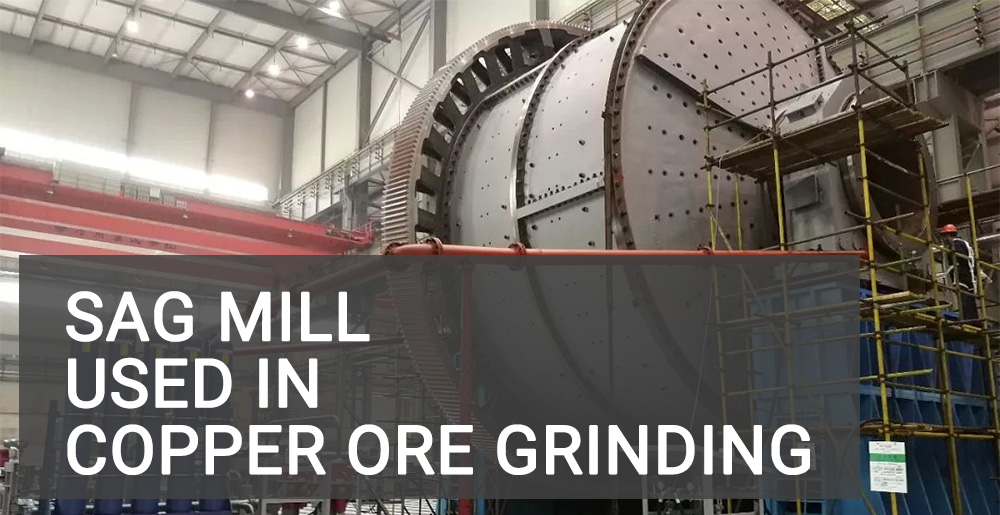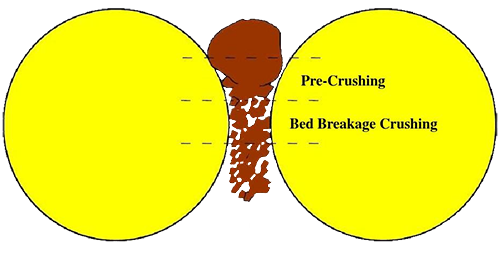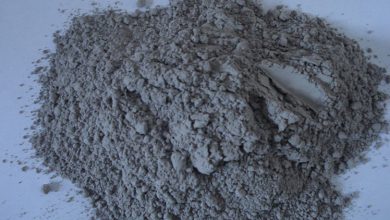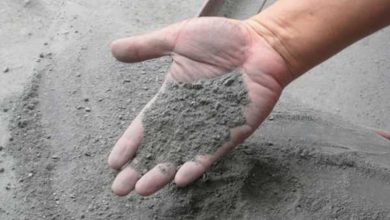Situation on Non-Ferrous Metal Ore Grinding
In the actual production of various beneficiation plants, the cost incurred in the crushing and grinding stage exceeds 40% of the total production cost. Meanwhile, in the initial investment and construction of beneficiation plants, the construction cost of the crushing and grinding stage also constitutes more than 60% of the total cost. Therefore, it is evident that if mining enterprises wish to increase the processing capacity of beneficiation plants and reduce the energy consumption of the crushing and grinding system, the primary focus should be on controlling the construction and production costs of the crushing and grinding system. In this context, the high-pressure roller mill, as novel crushing equipment, is increasingly applied in the production practices of beneficiation plants.
For non-ferrous metal mining enterprises, issues such as the gradual decline in ore grade, fine granularity of valuable minerals, increasing difficulty in selecting non-ferrous metal ores, rising ore hardness, and escalating crushing costs have always been crucial constraints on enterprise development. Therefore, the rational utilization of the advantages of high-pressure grinding mill (HPGR) in the crushing and grinding stage is an important way for non-ferrous metal mining enterprises to reduce costs, expand capacity, and enhance economic benefits.
Advantages of HPGR in Non-Ferrous Metal Ore Grinding
Many non-ferrous metal mining enterprises prefer to adopt semi-autogenous grinding (SAG) processes. The SAG process has a simple circuit, lower investment costs, and overall operating costs. It can effectively handle wet, sticky, and clay-rich non-ferrous metal ores. However, as mining operations progress, easily processed ores are gradually depleted, and harder, more challenging-to-grind non-ferrous metal ores become the primary targets for processing.

While the semi-autogenous grinding technology can still handle such ores, the energy efficiency of reducing the ore from coarse particle size to the desired particle size becomes less efficient. In contrast, high-pressure roller mills are better suited for processing harder and more variable non-ferrous metal ores. They exhibit stronger adaptability to changes in ore hardness or density, and their products usually show minimal differences compared to those produced by semi-autogenous grinding machines.
Additionally, the high-pressure roller mill process has lower energy consumption and overall operating costs compared to the semi-autogenous grinding process.
Why HPGR Helps Save Energy Consumption
One of the characteristics of non-ferrous metal ores is their complex composition, with rare occurrences of single ore types in non-ferrous metal mineral resources. Most of them are associated with multiple ore types, and due to the fine grain size of most useful minerals, these ores require grinding to very fine particle sizes during the separation process. This leads to a significant energy consumption in the crushing operations in the field of non-ferrous metal ore processing.
Using a HPGR to crush non-ferrous metal ores, the material passing through the gap between the fixed roller and the movable roller is subjected to pressure generated by direct contact with the rollers rotating in opposite directions and the pressure produced by the weight of the material itself. At the same time, there is mutual squeezing force between the mineral particles in the filled crushing chamber. Under the combined action of these three forces, the material in the gap is gradually compacted, leading to either particle-to-particle or inter-particle crushing, as well as layer crushing.

In comparison to the conventional single-particle crushing method of typical crushing machinery, the layer crushing of HPGR forms a material layer under pressure. Simultaneously, under tremendous pressure, mineral particles are mutually compressed until the primary portion of the particles fractures, creating cracks or breakage. Therefore, using high-pressure roller mills to crush non-ferrous metal ores can result in a wider particle size distribution of the crushed products, an increase in fine particle content, enhanced dissociation, and effective reduction in particle friction and the occurrence of fine particle agglomeration during the crushing process. This, in turn, improves crushing efficiency and reduces energy consumption.
The Better Choice
Most valuable elements in most non-ferrous metal mineral resources have low grades. Additionally, due to the variety of minerals involved in the extraction process, the extraction conditions for each type of mineral resource are different. Many non-ferrous metal mineral resources that were challenging to process and utilize under economic and technological constraints at the time have seen an increasing value in recovery and utilization with the integration of advanced technologies. This has led to a higher recovery rate of non-ferrous metal mineral resources, reaching an average recovery rate of 90.7% for non-ferrous metal mines over a three-year period, according to available data.
The introduction of high-pressure roller mill technology into the non-ferrous metal beneficiation industry is a significant measure to promote the recovery and utilization of low-grade non-ferrous metal ores and improve the utilization rate of non-ferrous metal ores. When using a high-pressure roller mill to crush non-ferrous metal ores, the material layer is subjected to compression, and the particles experience significant mutual squeezing forces along the grain boundaries, leading to fracture or deformation. This selective crushing effect is favorable, and the development of microcracks within the crushed product is more pronounced, aiding in the subsequent selective dissociation during grinding. It is precisely this crushing characteristic of the high-pressure roller mill that has a beneficial impact on subsequent separation operations for low-grade non-ferrous metal ores. The combination of good selective crushing and the development of more extensive microcracks can optimize the flotation or leaching effects of valuable minerals in certain non-ferrous metal ores, thereby improving metal recovery rates and concentrate grades.



